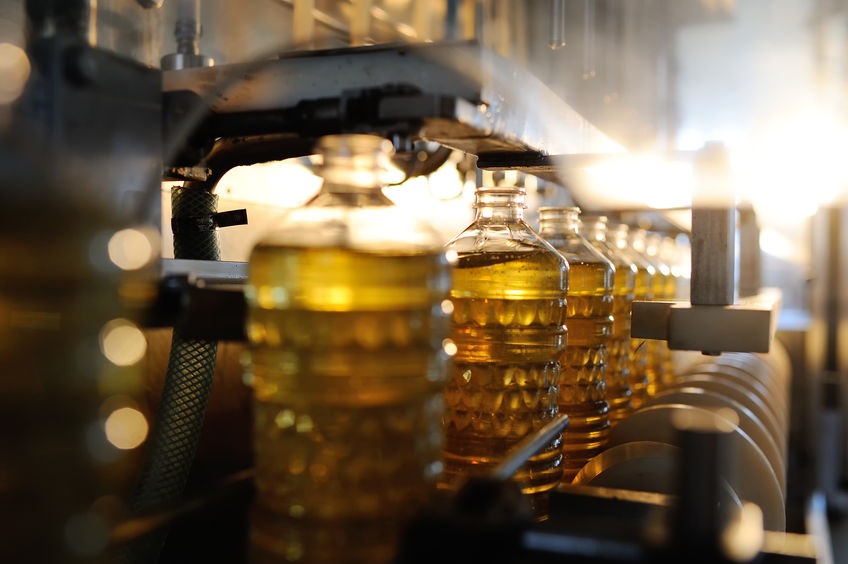 In the year 2020, almost every aspect of civilisation is conspiring to make acne happen. However, this is completely accidental.
In the year 2020, almost every aspect of civilisation is conspiring to make acne happen. However, this is completely accidental.
We’re talking about the automatic acne villains, the villains which you’ll inevitably stumble into if you’re leading an average life. They’re the chemicals or ingredients which have risen in the background, and are silently causing the acne explosion which has left everyone scratching their heads.
100 years ago, you were at risk of measles, tuberculosis, dying from an infected wound, and being sent on a frigid Arctic supply convoy. However, in the average European or American household, you were also far safer from acne. The automatic rails of life back then, of home grown produce, delicious butter, and no processed food, made people blissfully unaware of pimple mania.
Therefore, here are 7 substances which have subtly taken over the world, and are subtly causing everyone’s acne.
The random pimples which have left you frustrated and hopeless, thinking you’ve exhausted every bottle of cleanser, are almost certainly caused by a couple of these.
One – sugar
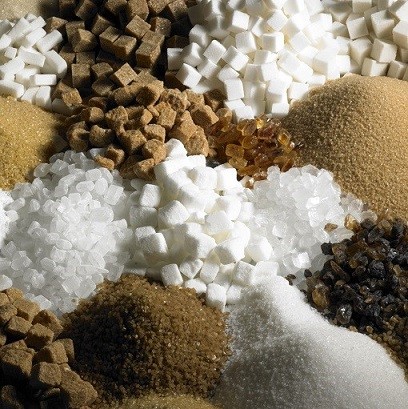 We’ll start with a villain that we can’t ignore, but big sugar would very much like you to.
We’ll start with a villain that we can’t ignore, but big sugar would very much like you to.
US sugar consumption was only around 8 pounds per person in 1820. By 1900, it had reached 43 pounds, before skyrocketing to 80 pounds in the early 1920s. The two world wars and the Great Depression made only a slight dent, before an absolute pinnacle of 110 yearly pounds was reached in 2000.
It was helped along by the Brussels convention of 1903, which slashed trade tariffs between sugar farming countries, and vowed to increase global consumption. To be fair, these leaders didn’t know of the white stuff’s dangers yet, whereas today’s sugar propagandists (“a healthy source of invigorating energy”) definitely do.
We all know the climax – the average Englishman, Argentinian, Indian and even subterranean mole person eats way too much sugar. Bad publicity has led to falls recently, but it’s only a tokenistic four or five yearly pounds.
Once you finally do the calculations, your real sugar intake may astonish you. You might have superglued the lid of your candy jar shut, but the 3 or 4 grams sprinkled into soup mixes, breaded fish, and brown bread can add up rapidly.
I would recommend against sugar even if we were cavemen whose science extended to banging rocks together at the full moon. The instant breakouts are that obvious, but sugar’s first real power is chronic inflammation, increasing the inflammatory biomarker CRP by 100%. Its second is creating toxic AGE free radicals, when higher bloodstream glucose reacts with proteins.
It’s not entirely a conspiracy from a dark, smoke-filled corporate meeting – we did this to ourselves. The sweetness of sucrose has been drawing in humanity since the stone age, maybe even the prehistoric monkey age (the good old days!).
One subplot was the 1970s march to power of high fructose corn syrup, after being discovered in 1957. Corn was cheap because of government subsidies, and its liquid nature made pumping it from transport vehicles far easier.
By 1985, HFCS had overtaken traditional cane sugar, particularly in soft drinks and baked goods. Its higher fructose levels (a 60:40 ratio with glucose) make it an acne monster.
Even the invention of energy drinks was huge, like Red Bull’s sugary, caffeine-filled debut in 1987. The avalanche of profits inspired competitors like Monster Beverage, 5-Hour Energy and Four Loko, whose billion dollar market research all concluded the same thing: add more sugar!
Hidden sources of sugar are a worldwide acne menace, and that wasn’t true 150 years ago.
Two – oxybenzone
 Sunscreen is one of those cosmetics where you slather it on your skin and barely think about what’s inside.
Sunscreen is one of those cosmetics where you slather it on your skin and barely think about what’s inside.
It’s just “sunscreen”, and it will reliably defend your skin when dragged out of the cupboard where it’s been collecting dust since your last holiday to a tropical paradise.
However, like anything else, it’s concoction of chemicals. There are no sunscreen mines in Uzbekistan digging it straight of the earth, and one particularly notorious ingredient is oxybenzone.
Today, around 80% of commercial sunscreens contain oxybenzone, but in 1900, it didn’t exist. Oxybenzone was first manufactured in 1906 by German chemists, out of benzene, a byproduct of oil manufacturing. By the 1950s, it had wriggled its way into sunscreen bottles, and it was granted official USDA approval in the 1980s. In 2013, they revised the concentration limit upwards to 6%.
Neither the EU or US are slamming down the ban hammer, with two exceptions: Hawaii and Key West, after watching oxybenzone damage their fragile coral reefs.
When the Environmental Working Group tested 910 name-brand sunscreen products, 50% tested positive for oxybenzone. 96% of Americans have oxybenzone in their bloodstreams, yet how many know the name? Oxybenzone didn’t even exist during the American civil war.
Oxybenzone has also been detected in mother’s milk. Even the FDA admitted in 2019 that “oxybenzone is absorbed through the skin to a greater extent than previously understood“. Its skin penetration rate is 1-9%, entering the bloodstream easily.
Acne-wise, oxybenzone is notorious for skin allergies, beating the likes of potassium sorbate by a country mile. It almost certainly piles additional inflammation onto your pimples.
Oxybenzone might explain why some step off a plane from Ibiza with a fresh sheen of glow and sunniness, while others have to walk on eggshells during beach trips. It also decreases glutathione and is a notorious endocrine disruptor, altering hormones like estrogen and testosterone.
More positively, when teenage girls switch to a different sunscreen brand, their bloodstream oxybenzone levels normally plummet. Know the acne danger, and you’ll know the acne strategy.
Three- processed food
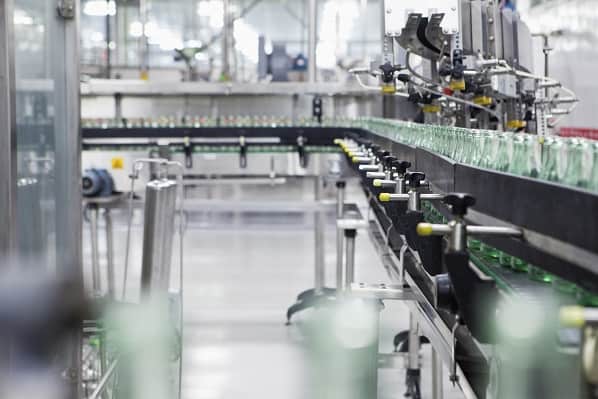 If you placed an orange in front of caveman, they would recognise it as food.
If you placed an orange in front of caveman, they would recognise it as food.
If you placed dark chocolate in front of a caveman, they would probably recognise it as food. If you placed chicken McNuggets in front of a caveman, they would poke it with a stick.
100 years ago, the average family still prepared home meals from fresh meat, vegetables and spices, using recipes passed down from their grandparents, crafted with blood, sweat and tears. Every region, every town, no every street probably had their own unique recipes which are long forgotten.
Now, as of 2009, processed food makes up 63% of the average American’s diet. The convenience is fantastic, sure, but it leaves us open to a rotating cast of unpredictable additives. There’s Yellow Dye, BHA, our old nemesis sugar, brain-busting MSG…
More importantly, processed foods are bereft of acne-clearing vitamins and minerals. But because of the expertly crafted formulas, there’s no escaping their pull.
100 years ago, our flavouring weapons were a spice rack sitting on the wall, onions, celery and so on. These traditions aren’t extinct, but MSG in particular has negated them. In 1908, there was a storied Japanese flavour enhancer called kombu dashi, extracted from seaweed. Scientist Kikunae Ikeda isolated glutamic acid, and after a single taste, he knew – he’d found the elusive mega flavour. This became MSG, which is now everywhere in soups, Chinese foods, sauces and spicy food.
MSG makes savoury foods tasty beyond rational explanation. It’s why your homemade recipes pale in comparison to a hot, dripping pizza ordered on the phone. 100 years ago, however, nobody had the comparison to make.
In 1889, 93% of meals were eaten at home. By 2009, the figure was 50%, with 15% being fast food meals.
Technological advances like preservatives helped, cleverly invented to keep soldier’s rations fresh. In the 1950s, Robert C. Baker invented chicken nuggets by coating fresh chicken with breadcrumbs – it was simply another scheme to keep chicken popular in New York. Massive road expansions in the 1950s allowed processed food to reach previously inaccessible corners of America. By the 1960s, 60% of Americans had TVs, and 60% of Americans were exposed to seductive food advertising.
Companies might mumble something about processed food being 1.8 million years old. Technically, that’s true, as it’s the earliest archaeological evidence of archaic humans burning meat over a fire, but what does that have to do with a policeman sitting in his patrol car eating donuts?
It’s not all bad at least. In the 1960s, there was no mandate for food labelling whatsoever.
People are fighting back, with organic food sales rising from $20 billion in 2006 to $40 billion in 2015. There were 2600 farmer’s markets in 1999, which ballooned to 9000 in 2019. Yeah!
Four – phthalates
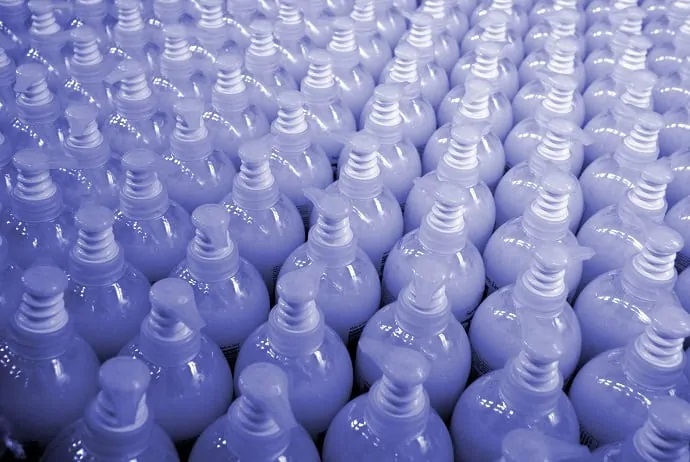 A new acne chemical which is in your room right now, touching your skin, and almost certainly in your body.
A new acne chemical which is in your room right now, touching your skin, and almost certainly in your body.
It’s phthalates, found in all plastics. After being born in 1910, phthalates devised an ingenious strategy to cause acne – making themselves useful for headphone manufacturing. You know that smell from fresh plastic? That’s the fresh phthalate chemicals.
It started as a simple, innocent attempt to increase plastic flexibility. But the second they pressed the start button, phthalates went sentient, and spread across the whole world. Phthalates were in every supermarket aisle, every laptop, every pipe – it was too late to stop them.
More specifically, the first trickle entered plastics in the 1920s, before exploding when the phthalate-containing polyvinylchloride was introduced in 1931. By 1972, 1 billion pounds of 20 different phthalates were being manufactured worldwide.
Phthalates are now ubiquitous in our world. As of 2002, over 70% of personal care products contained them, and processed foods are another classic source. Women of childbearing age had the highest bloodstream levels.
Controversies have been plentiful, particularly in 1982, when children’s toy companies phased out phthalates in response to outraged letters from parents. Government experts dismiss the criticisms as scaremongering, but like oxybenzone, phthalates specialise in disrupting hormones. They lower sperm counts, and make frogs less interested in sex.
25% of American mothers may have bodily phthalates high enough to impact their childrens’ reproductive health. People will call this scare mongering too, but these are hard statistics – as usual, there’s a weird disconnect between these scientists and the ones in governmental health bodies.
As for acne, phthlates are notorious for chronic inflammation and antioxidant depletion. They won’t cause acne (probably), but they will pour more fuel to the fire, stoking the flames of pimples from within.
The European Union restricted phthalates in children’s toys in 1999. In 2008, DEHP, DBP, and BBP parabens were banned from all children’s toys in amounts greater than 0.1%. But phthalates are still everywhere compared to 100 years ago.
Five – fluoride
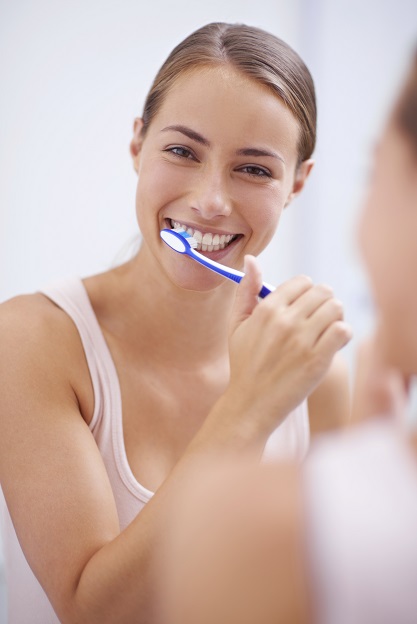 The only thing keeping your teeth from dropping out! As every good historian knows, primitive homo sapiens lost all their teeth by 12, and were the most skilful gumming species Planet Earth had ever seen.
The only thing keeping your teeth from dropping out! As every good historian knows, primitive homo sapiens lost all their teeth by 12, and were the most skilful gumming species Planet Earth had ever seen.
Except that this is utter rubbish. Nevertheless, scientists originally noticed in the 1920s that towns with high calcium fluoride water concentrations had lower rates of tooth decay. Therefore, governments did the logical thing: they added hydrofluorosilic acid, a by-product of the aluminium manufacturing industry which industrial giants needed to dispose of.
Unfortunately, fluoride is an acne menace, triggering pro-inflammatory chemicals and antioxidant depletion with gleeful abandon. The US and Australia are notorious for water fluoridation, with 10% of England’s population suffering the same fate, but this only began in 1945, in the city of Grand Rapids, Colorado.
30,000 children were monitored for 11 years, and the results were clear: a 60% drop in dental caries. 1964 saw the UK’s first proper water fluoridation scheme, initiated in Birmingham.
Unfortunately though, fluoride was decried as a “commie plot” after 1945, to bring America to its knees not through nuclear warheads, but by poisoning the water supply. This made the real anti-fluoride activists look like idiots for decades to come.
As of 2012, 435 million people across 25 countries drink fluoridated water. This is just 5.4% of people, but nearly half are United States citizens. 11 countries have more than 50% of their population drinking the big F.
Fluoride also has the acne-causing skill of depleting your glutathione reserves. It even cripples children’s IQs, freely crossing the brain-blood barrier. After 1997, the FDA forced all toothpaste manufacturers to add a label warning users to phone the emergency room if they swallowed any.
It’s sounds like conspiracy fearmongering, but if you live in the wrong town, then the government is adding an acne-worsening substance to your water supply. Whereas 100 years ago, they were not.
Six – parabens
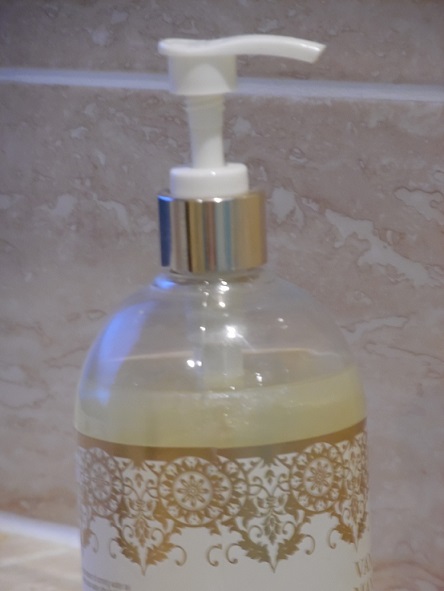 A tug of war which never seems to end. Natural health articles will decry the insane commonality of synthetic preservatives called parabens in personal care items, including makeup, moisturiser, shampoo and handwash. To hushed breath, they’ll revive the classic study where 40% of breast cancer samples had paraben molecules inside them.
A tug of war which never seems to end. Natural health articles will decry the insane commonality of synthetic preservatives called parabens in personal care items, including makeup, moisturiser, shampoo and handwash. To hushed breath, they’ll revive the classic study where 40% of breast cancer samples had paraben molecules inside them.
The next day, benignly smiling, well-suited executives will appear on TV to utter in a sleek voice: “parabens are perfectly safe”. The standard line from cosmetics companies is that parabens were first discovered in nature, in blueberries or carrots, but this is misleading, as today’s versions are synthesised in a lab.
What’s beyond doubt is that parabens were not found in 96% of cosmetics 100 years ago. They only became widespread in the 1950s. In the 1970s, propyl paraben was granted “generally recognised as safe” status, but in the 1990s, parabens were shown to bind to estrogen receptors, making them a hormone-disrupting xenoestrogen.
Every last consumer campaign has failed – parabens remain legal in the US and EU. In a 2013 study, 44% of all personal care items contained parabens as an ingredient. Their heartlands are cosmetics, detected in 85% as of 2020, mainly because they’re inexpensive and versatile. But cosmetics aren’t the final frontier – 90% of grocery store items contain measurable levels.
Companies argue that parabens degrade in the environmentally rapidly, but if so, then why are they found in dolphins?
Marine biologists gathered 121 samples from 8 species of marine mammal in 2015, including dolphins. They detected methyl paraben in almost all samples, and 4-hydroxybenzoic acid (4-HB) was in every sample. It must be our fault – it’s been years since I saw a dolphin applying makeup (and I think that was a dream anyway).
Parabens’ skills includes damaging sperm DNA, elevating stress hormones in new mothers and their offspring, and increasing food and airborne allergies. Then there’s that infamous breast cancer study to worry about (it’s real).
Their acne portfolio includes inflammation, and a particular fondness of snatching your precious glutathione reserves (the homemade antioxidant). They’re also absorbed directly through the skin. Like phthalates, they’ll never cause acne outright, but they do pile onto the collective pressure of the root causes.
Foods with parabens include beer, sauces and processed fish. Cosmetics with parabens include makeup, shampoos and handwash. In 1900, this acne causing villain was nowhere.
Seven – vegetable oils

Alongside sugar, this is the single deadliest individual dietary change over the last century, as processed food encompasses many ingredients.
150 years ago, butter and lard were beloved kitchen staples. Cottonseed oil was used to fuel lamps, but suddenly, the vastly superior whale oil became far cheaper again. So instead, the cotton industry joined forces with Procter and Gamble, who pioneered the process of hydrogenation – solidifying a liquid oil by inserting an extra hydrogen atom into its molecular structure. The world’s first trans-fat was born, with the catchy name of “Crisco”, which sounds vaguely similar to crispy.
By 1910, Crisco had invaded every kitchen in the heart of America. Procter and Gamble employees even handed out Crisco recipe books on street corners.
By World War 2, butter consumption was plummeting, from about 14 yearly pounds per person in 1940 to 9 pounds in 1950. In 1957, margarine finally achieved its lifelong dream, overtaking butter in popularity.
The problem with this? In vegetable oils (which margarine is made from), the fat ratios are generally swung way towards omega 6s.
For example, soybean oil is 51% omega 6 (linoleic acid), with only traces of omega 3s. In nature, humans ate ratios between omega 6 and 3s of 1:1, but as of 2020, it’s more like 20:1. The result is inflammatory mayhem, as omega 6s provide the raw materials for immune system cytokines. This ratio may be causing countless chronic diseases, but particularly acne, with its inflammatory root causes.
Amidst all the scrambling, soybean oil emerged as king of the castle. In 1999, soybean oil provided a whopping 7% of total US calories! Somehow, we were tricked into abandoning our traditional butter and tallow for newfangled vegetable oils.
They’re often oils that were never made to be – squeezed from tiny seeds with the help of toxic industrial solvents. We’re not talking about extra virgin olive oil – we’re talking about vast fields of soybeans and corn, stretching across America, which are incredibly inexpensive compared to rearing cows for butter.
The only happy subplot is that starting in 1990, margarine levels plummeted again. Trans-fats still survive, but have been outlawed across the western world – their time is running out.
However, soybean oil, corn oil, canola oil, and sunflower oil all remain. In 1920, the average American ate 18 pounds of butter per year. This fell to 5 pounds by 1980, with slight increases since then as people rediscover the traditions of yore. Meanwhile, in 2009, vegetable oil consumption per capita was 50-55 pounds! Most of which was soybean oil. This figure also includes extra virgin olive oil and coconut oil, but only as a minuscule fraction.
It’s guaranteed that food companies silently adding soybean oil to every staple imaginable has given you pimples in the past. 100 years ago, that wouldn’t be the case.
Conclusion
Here we have seven acne-causing substances whose levels in 1900 were only a fraction of today. Some didn’t even exist in 1900.
These aren’t the only changes over the last century. There’s the rise of antibiotics, for example, which left acne scrambling to retreat for decades before p.acnes bacteria recovered, shook off the rust and decided to become resistant.
However, these 7 have the qualities of being subtle and insidious, strictly acne-causing, and often taken for granted in your lifestyle. These guys can become as ingrained as putting on your seatbelt or flicking the coffee brewer on at 8am.
Are you unknowingly eating these villains? If you’re new to the natural acne sphere, then it’s almost guaranteed.
The people talking about antibiotics and BP have the wrong idea. Yes, Ancient Egyptian teenagers had some acne, but it’s not hygiene – the dramatic transformations of our diet and lifestyle since 1900 are responsible for today’s acne epidemic.
The trends are staring us in the face, if you want to see them (it depends on whether you’re the CEO of Sugar Inc.). There’s no doubt that letting a dermatologist blast your face with an accutane cannon isn’t the solution.
Hopefully, you’ve just discovered a new pimple-banishing strategy outright, but the main message is that new acne-clearing opportunities are always out there.
Thanks for reading!